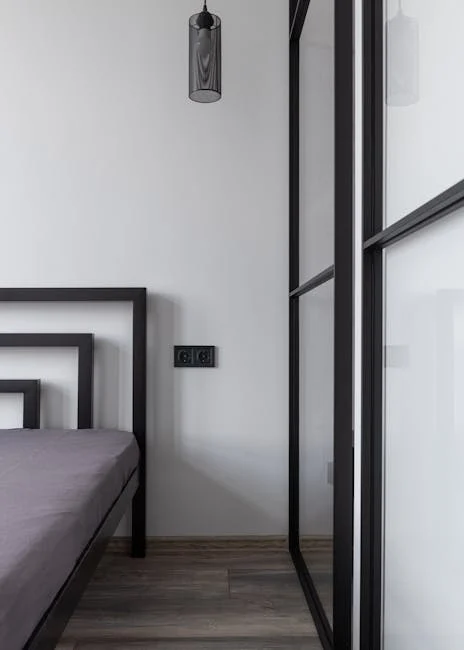Modern Lines and a Minimalist Color Palette
Introduction
In the ever-evolving world of design, the pairing of modern lines and a minimalist color palette has become a defining aesthetic. This approach emphasizes simplicity, functionality, and a clean, uncluttered look, creating spaces and products that are both visually appealing and highly practical. Whether it’s interior design, graphic design, or product design, understanding the principles behind this combination is key to achieving a sophisticated and contemporary style.
Main Sections
The Allure of Modern Lines
Modern lines are characterized by their sharp, clean, and geometric forms. They often feature:
- Straight lines: Eliminating unnecessary curves and ornamentation.
- Geometric shapes: Utilizing squares, rectangles, and circles in a deliberate and structured manner.
- Minimal embellishment: Focusing on form and function over intricate details.
The beauty of modern lines lies in their ability to create a sense of order and efficiency. They project a feeling of sophistication and timelessness, making them a popular choice for contemporary designs.
Decoding the Minimalist Color Palette
A minimalist color palette typically revolves around a limited selection of colors, often featuring:
- Neutrals: Grays, whites, beiges, and blacks form the foundation of the palette.
- Accent Colors: A single, carefully chosen color can be used to add a touch of visual interest and personality.
- Monochromatic Schemes: Variations of a single color can create depth and texture within the design.
The power of a minimalist color palette stems from its ability to create a sense of calm and serenity. It allows the form and texture of the design to take center stage, preventing visual clutter and promoting a feeling of spaciousness.
Synergy in Design: Combining Lines and Colors
When modern lines and a minimalist color palette are combined effectively, they create a harmonious balance. Here’s how they work together:
- Emphasis on Form: The limited color palette allows the clean lines and geometric shapes to stand out.
- Sense of Calm: The combination creates a tranquil and uncluttered environment.
- Timeless Appeal: The minimalist approach ensures that the design remains relevant and stylish for years to come.
Applications Across Disciplines
The principles of modern lines and a minimalist color palette are applicable across various design disciplines:
- Interior Design: Creating sleek, open-concept living spaces with minimal furniture and décor.
- Graphic Design: Developing logos, websites, and marketing materials that are clean, legible, and visually appealing.
- Product Design: Designing functional and aesthetically pleasing products with simple forms and neutral colors.
Conclusion
The fusion of modern lines and a minimalist color palette offers a powerful approach to design. By prioritizing simplicity, functionality, and visual harmony, this combination creates spaces and products that are both aesthetically pleasing and highly practical. Understanding the core principles behind this approach allows designers to create timeless and sophisticated designs that resonate with a modern audience. Embracing this style can lead to designs that are clean, elegant, and enduring, standing the test of time and trends.




Post Comment